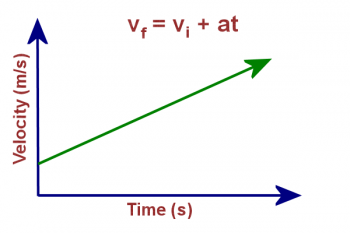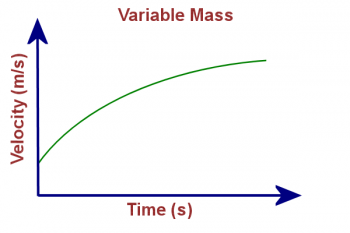Calculus and Katamari Damacy
Lesson Plans > Mathematics > Calculus > DifferentialCalculus and Katamari Damacy

By the time students reach the point in their high school career that they're taking calculus, most of them have outgrown the question, "When am I ever going to use this in real life?" because these students are often going to head into STEM fields, and they understand that most of the science and technology fields have advanced mathematics in their foundation. Even so, it's good to talk about where calculus is useful in real-world applications. But instead of attacking the question directly, it's fun to start off with a silly example.

And speaking of silly, there's a Japanese video game out there (which was released in the US in 2004) named Katamari Damacy,which involves a small, very adhesive ball, rolling around towns, countrysides, and cities. Everywhere it goes, if it rolls into an object which has a mass small enough relative to itself, the object sticks to it, which makes the ball larger.
If you search youtube, it's easy to find play-through videos of this game, so if your students aren't familiar with it, they can watch a couple minutes of the game play.
What does this have to do with calculus? Well, in high school physics, we tend to focus on objects with a constant mass and a constant force (for example, a car traveling down the road * with the pedal to the metal). In constant mass problems, if we were to graph the velocity over time, we would end up with a graph that looks something like this:

Presumably, by now, your students have seen this graph, and you've shown them that the acceleration is actually the slope of this line (it's a line in the form y = mx + b, only with different variables). And in high school physics we tend to focus our attention on these kinds of "constant mass" problems, specifically because they produce problems within the reach of high school students.
But what about Katamari? Does that have a constant acceleration? Well, your physics students will tell you that F = ma, so if we assume that the adhesive ball has the ability to produce a constant force, since a =So what would happen if a cop was sitting by the side of the road with his radar gun, measuring the speed of the Katamari as it rolled on by? If he decided to create a velocity vs. time graph, it would look something like this:

I don't know about you, but I think that would be very valuable information to someone trying to stop the Katamari.
Okay, so that's all very silly, and is definitely not a "real world" application. But it's a fun way to raise the question: In the real world, where do we have objects that have a variable mass?
Here are a few answers:
- A rocket which is burning fuel *
- The sun, which is continually burning itself up
- A comet, which is losing dust and gas continually
- A runner, who is burning fat as he runs
- A theoretical ramscoop - an electromagnetic scoop on a space craft, designed to collect deuterium to use for fuel.
- Many types of road equipment such as asphalt reclaimers, sanding trucks, scrapers, etc.
From here you can raise the question: what are other circumstances under which we would have non-uniform acceleration? Some answers might be:
- An object in freefall from a large height, since our gravitational equation tells us that the acceleration of gravity is actually increasing as the object gets closer to the earth
- An object in freefall, because air resistance increases the faster an object is moving through the air
- A car traveling up and down hills
* hopefully, by the time we've finished this lesson (and especially once we've talked about rockets burning fuel), your students will realize that, despite the fact that we've treated cars as constant-mass objects, they realy aren't because they're also burning fuel.


